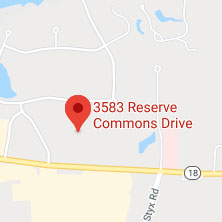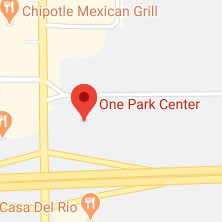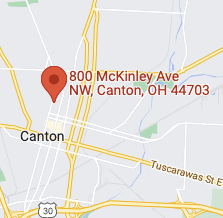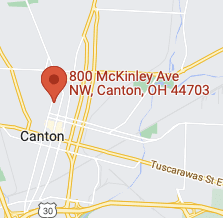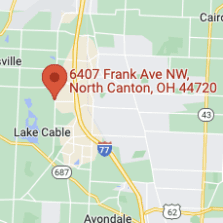Understanding LASIK Alternatives
LASIK surgery is not appropriate for everyone. During the extensive, two-hour eye exam Eye Surgeons provides for all patients considering LASIK, our doctors may discover issues, such as very thin corneas or extremely high prescription errors, that may make LASIK surgery the wrong treatment for you. Luckily, there are some LASIK alternatives our doctors can recommend that can help give you the vision you’ve always dreamed of, without relying on glasses and contact lenses.
Photorefractive Keratectomy (PRK)
Photorefractive keratectomy, or PRK, is often used as an alternative to LASIK when a patient’s cornea, or clear, front part of the eye, is too thin. During PRK, our surgeons use the VISX CustomVue™ Wavefront Laser to sculpt the cornea, just as they would do for a LASIK patient. The primary difference between PRK and LASIK is that no flap is created during PRK, because of corneal thinness. For more information on PRK, please view the following video:
What is PRK?
While LASIK patients often report clear, improved vision as early as the day after surgery, it may be a few days before vision stabilizes for PRK patients, due to a longer healing time. Once the cornea is healed, however, PRK patients are as happy with their new vision as LASIK patients.
What Is EVO ICL Surgery?
The EVO ICL is a refractive implant that corrects common vision problems such as nearsightedness (myopia) and astigmatism. The implant is made of biocompatible Collamer material that works in harmony with your eye. This implant is a posterior chamber implant that is introduced through a small incision in the eye and is placed behind the iris (the colored part of the eye), and in front of the natural crystalline lens in order to improve your nearsightedness and astigmatism.
Unlike LASIK, EVO ICL does not permanently reshape the cornea and doesn’t require lifting or removing the outer layer of the cornea. This means the corneal nerves that stimulate tear production are less affected, making side effects like dry eye rare. Plus, the EVO ICL lens is reversible, replaceable, and biocompatible.
Refractive Lens Exchange (RLE)
Refractive Lens Exchange (RLE), also known as lens replacement surgery, is a vision-correction procedure designed to reduce or eliminate the need for prescription glasses or contact lenses. The procedure involves removing your eye’s natural lens and replacing it with an artificial intraocular lens. Your surgeon will select an artificial intraocular lens that is customized to correct your refractive error- such as nearsightedness, farsightedness, or astigmatism. Some patients may be candidates for a custom lens implant that also corrects presbyopia. Presbyopia is the gradual age-related loss of the eyes’ ability to focus actively on nearby objects.
RLE is typically a good fit for patients over age 40 who are experiencing presbyopia symptoms but not ready for cataract surgery. In some cases, RLE will be suggested because a patient is not a good candidate for LASIK maybe due to their corneas being too thin or their prescription being out of the acceptable range. RLE does not rely on corneal thickness and has a much broader range of prescription levels it can treat. RLE is an elective procedure suitable for patients seeking to reduce or eliminate their need for prescription glasses and contact lenses.
The benefits of RLE are that patients achieve sharp, clear vision at various distances. The procedure is described by most as quick and painless. The result of an RLE procedure is permanent with no risk of cataracts in the future. Most patients achieve very quick results with very little downtime. In essence, it is just like cataract surgery but In RLE the cataract is not “ripe” yet. Instead of waiting until age 70 or 80 when cataracts develop, a patient can opt to halt the process of cataract development over their lifetime (which leads to regular changes in prescription and vision) and choose to do RLE at a younger age, never needing to worry about cataracts.







